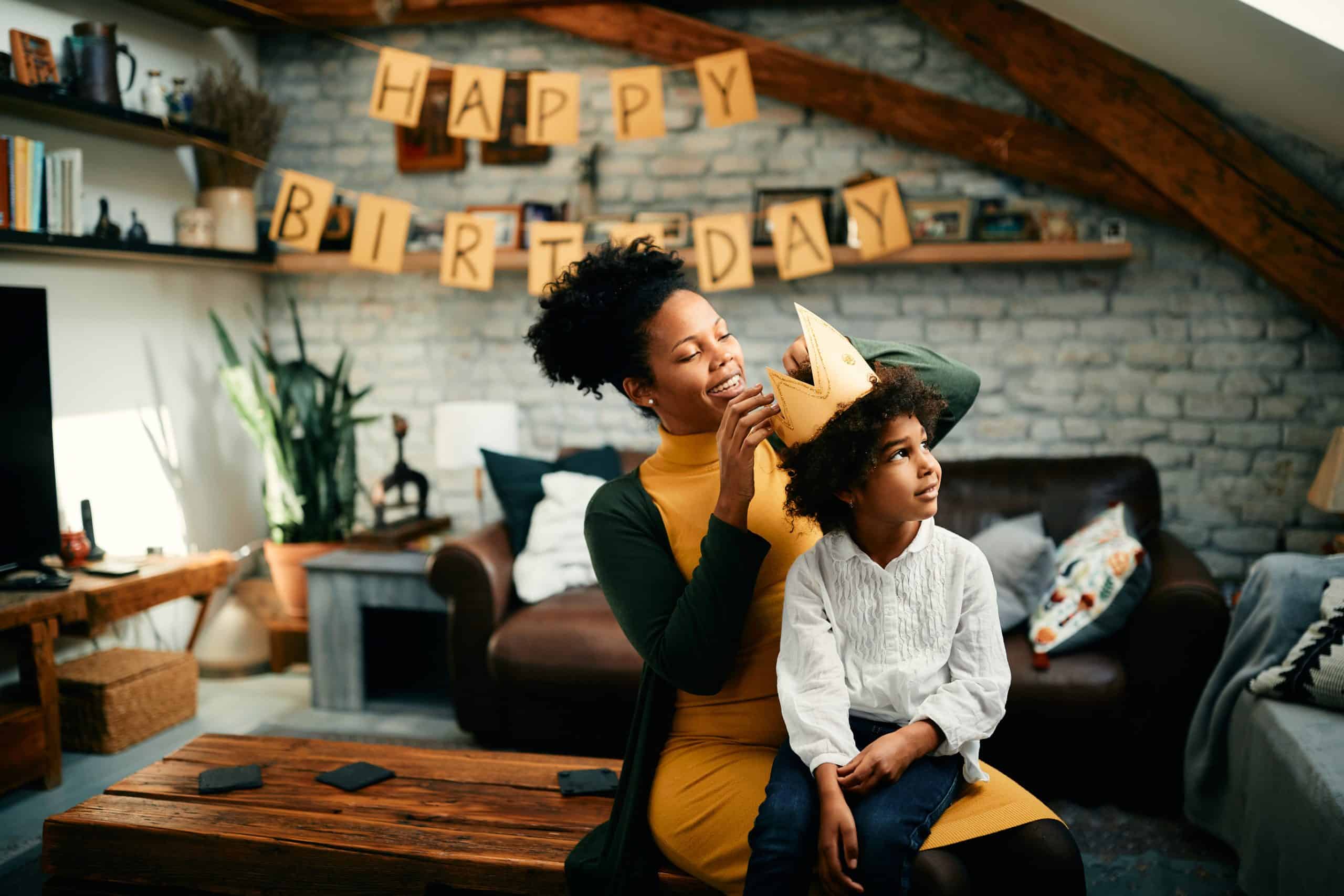What’s the Best Way to Introduce a Dog to a Baby’s Scent Before Coming Home?

As you approach the exciting moment of bringing a new baby home, one important consideration is how your furry family member will react. Introducing a baby to a dog requires careful planning and preparation. You all want the first meeting to go as smoothly as possible, and one key element of this is getting your dog used to the baby’s scent. In this article, we will cover everything you need to know to help your dog adjust to the scent of your baby before the big day arrives. We’ll explore different methods, the significance of dog behavior, and how to keep your baby safe during this transition.
Preparing Your Dog for the New Arrival
To start with, it’s crucial to understand why scent is so important to dogs. Dogs have an incredible sense of smell – far more acute than ours. They rely heavily on their noses to understand the world around them. When a new scent – like that of a baby – enters their home environment, it can be confusing and even stressful. So, how can you ease your pet into this transition?
A découvrir également : How to Choose the Right Size Dog for an Apartment with Space Limitations?
Introduce the Scent Early: One of the most effective things you can do is start introducing the baby’s scent before you bring the baby home. This can be done by bringing home a blanket or piece of clothing that the baby has worn. Let your dog sniff it, and reward them for calm behavior. This will help to create positive associations with the baby’s scent.
Practice with a Doll: Another method is to use a doll that’s roughly the size of a newborn, and apply the baby’s scent to it. This will not only get your dog used to the scent but also the sight of a small baby-like figure in the house.
A lire également : How to Train a Cat to Accept a New Type of Litter Without Aversion?
Manage the Environment: Your dog will likely be curious about the new baby items appearing in the house. Take the time to expose your dog to these items, and again reward them for calm behavior around the new things.
Teaching Your Dog the Right Behavior
It’s not just about getting your dog used to the scent. You also need to teach your dog the right behaviors around a baby. For instance, your dog needs to understand not to jump up when the baby is in your arms, and how to keep a safe distance.
Training: Start training your dog on these behaviors as soon as possible. Use positive reinforcement techniques to reward good behavior.
Attention: Dogs can feel left out when a new baby arrives, as much of the attention shifts to the child. Make sure to spend quality time with your pet, so they don’t feel neglected.
Enlist Help: It can be beneficial to enlist the help of a professional dog trainer or behaviorist, especially if your dog shows signs of stress or anxiety about the new arrival. They can provide personalized advice and guidance based on your dog’s unique needs and personality.
Keeping Your Baby Safe
While you want your dog to feel comfortable and at ease with the new family member, your baby’s safety is paramount. It’s vital to supervise all interactions between your dog and your baby, especially in the early days.
Never Leave Them Alone: Never leave your dog alone with the baby. Even if your dog is the most gentle and loving pet, it’s not worth the risk.
Maintain Boundaries: Ensure that your dog understands certain boundaries, such as not going into the baby’s room unless invited.
Monitor Body Language: Dogs communicate a lot through their body language. If your dog seems tense or anxious, it’s time to step in and create some distance between the dog and the baby.
Adapting to Change
Change can be hard for dogs, just as it can be for us. But with patience, understanding, and appropriate training, your dog can learn to accept and even love the newest member of your family.
Consistency: Dogs thrive on consistency. As much as possible, try to keep your dog’s routine the same. This will provide a sense of security amidst the changes.
Patience: Be patient with your dog. This is a big change, and it will take time for them to adjust.
Love: Above all, show your dog plenty of love and reassure them that they are still an important part of the family.
By taking the time to prepare your dog for the arrival of your baby, you can help ensure a smooth transition for all members of your family. The effort you invest now will pay off in the future, fostering a positive relationship between your pet and your child. Remember, every dog and baby are unique, and what works for one might not work for another. Take the time to understand your dog’s needs and behaviors, and consider seeking professional help if needed. With time and patience, you’re sure to find the best way to introduce your four-legged friend to your bundle of joy.
Building a Safe Environment
The safety of both your baby and your dog is paramount when preparing to introduce them. Creating a safe and controlled environment can significantly reduce the potential for any unfortunate incidents. A baby gate can be a useful tool in managing your dog’s access to the baby.
Dog’s Bed Placement: Your dog will need their own safe space where they can retreat if they feel overwhelmed. Their bed or a crate in a quiet part of the house can serve as this haven. It will also help if your dog doesn’t associate the baby’s arrival with being displaced from its favorite resting spots.
Baby’s Room: Before the baby arrives, it’s important to determine whether you will allow the dog in the baby’s room. If you decide to restrict access, start setting this boundary ahead of time. If you do allow access, make sure it’s always under supervision, and teach your dog to respect the baby’s space.
Baby Gates: Installing baby gates can provide a physical barrier that will keep your dog and baby separate when you can’t closely supervise them. This can particularly help if your dog is of a larger breed or has playful tendencies.
Toys and Chews: Provide your dog with plenty of toys and chews to keep them occupied. This will help to divert their attention away from the baby and prevent them from feeling bored or neglected.
Introducing the Dog to the Baby
When the day finally arrives to bring your baby home, you must handle the initial introduction with care. Your dog’s first impression of the baby will set the tone for their future relationship.
Controlled Introduction: It’s best to curb your dog’s enthusiasm by ensuring they are calm and in a controlled state before introducing them to the baby. You should keep your dog on a leash during this first meeting.
Positive Association: Allow your dog to sniff the baby at a safe distance. Speak to your dog in a calm, happy tone to create a positive association with the baby’s presence.
Gradual Interaction: Start with short, supervised interactions between your dog and baby, gradually increasing the time as your dog becomes more comfortable. Always end these sessions on a positive note, rewarding your dog for calm and gentle behavior.
Conclusion
Introducing a dog to a baby’s scent before bringing the baby home is a process that requires patience, understanding, and preparation. By creating a safe environment, setting clear boundaries, and using positive reinforcement, you can help your dog adjust to the new addition to your family. Remember, every dog and baby are unique, and it is important to consider the individual needs and behaviors of both.
The process may seem daunting at first, but with the right approach, you can help foster a strong bond between your beloved pet and your new bundle of joy. The love and companionship they will share in the coming years will surely make all the effort worthwhile. It’s all about creating a harmonious family environment where both your baby and dog feel loved, secure, and valued.
